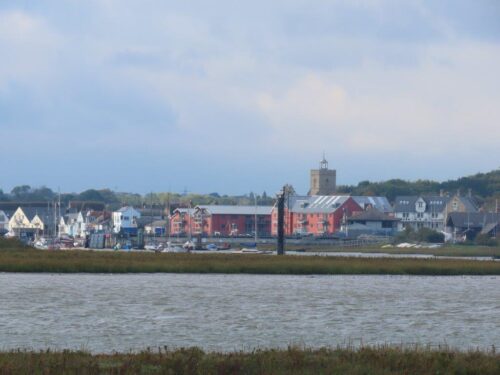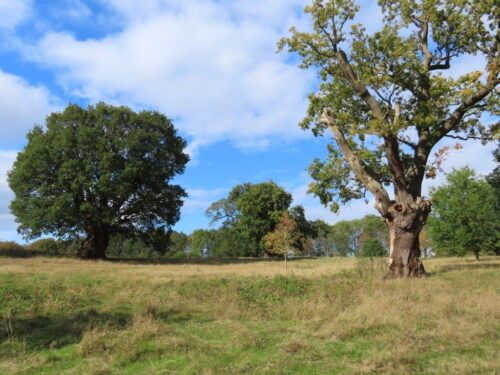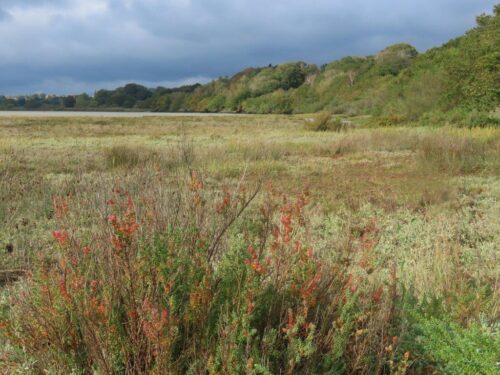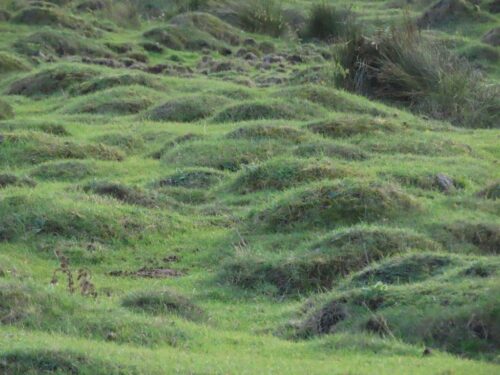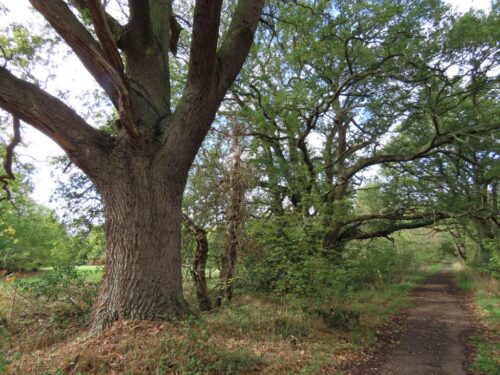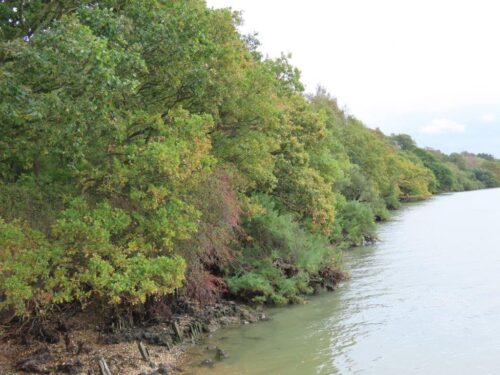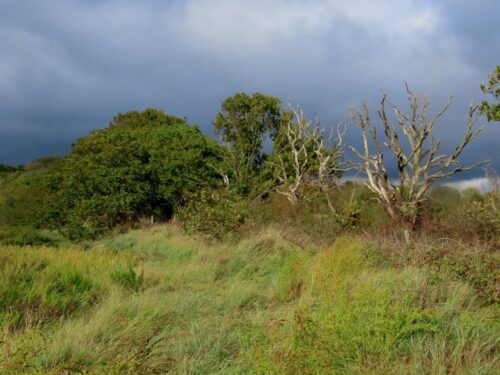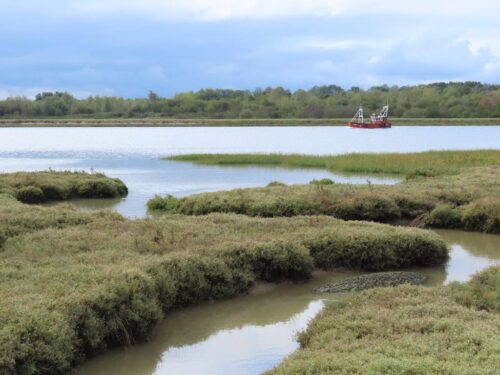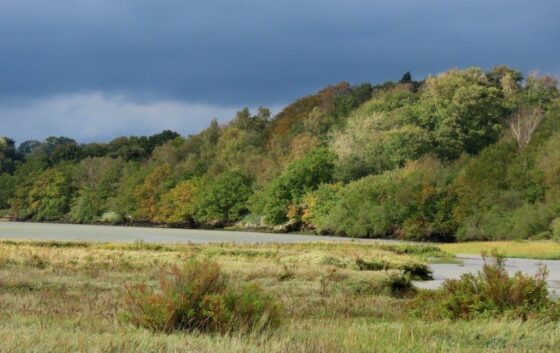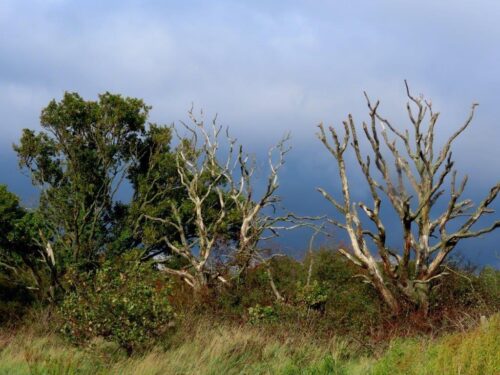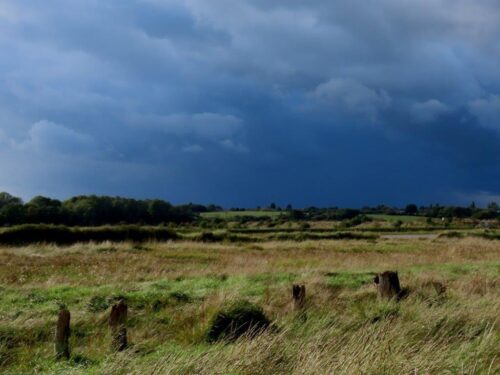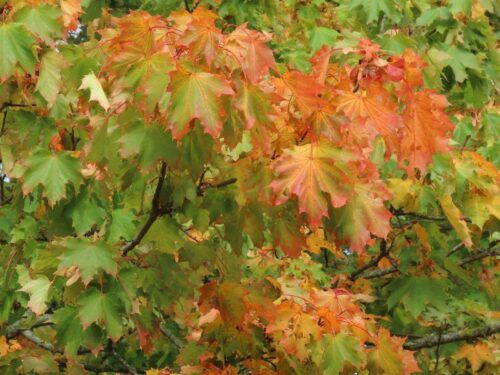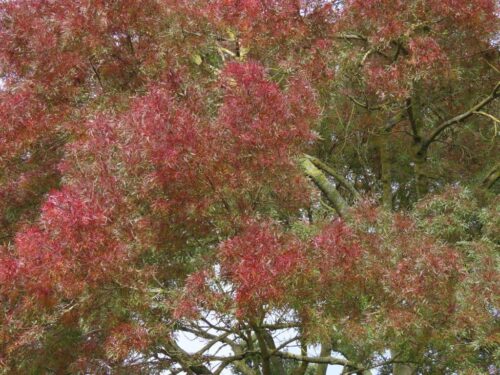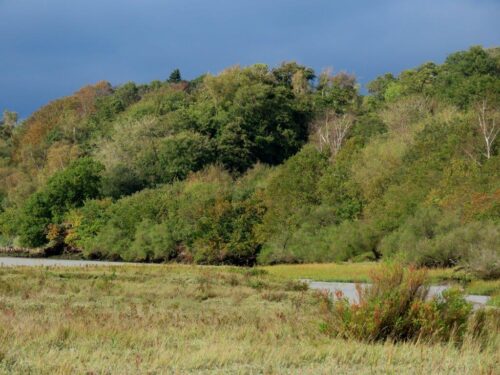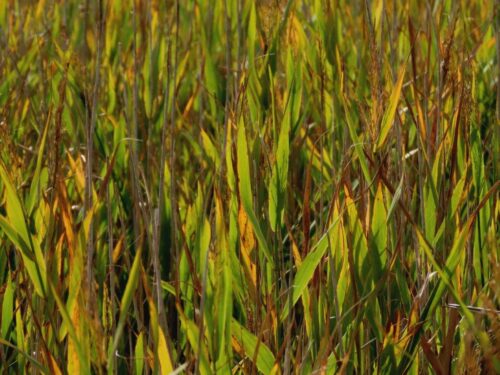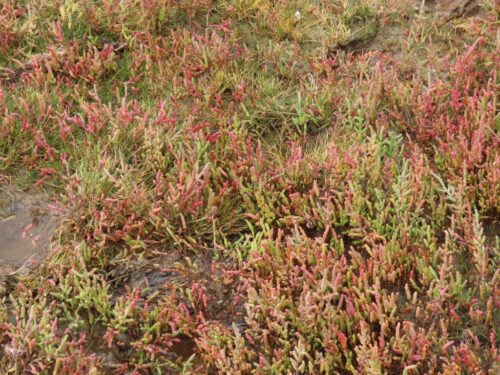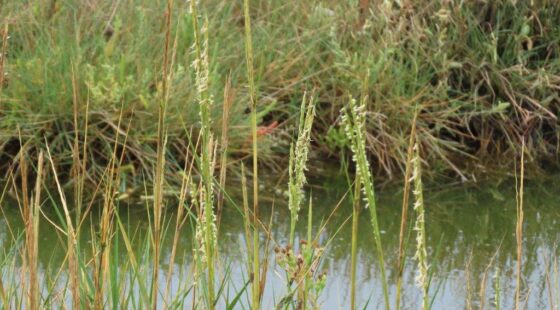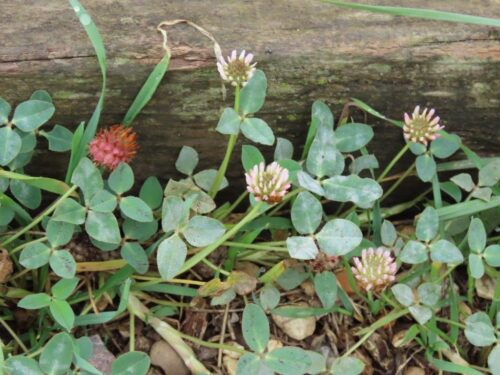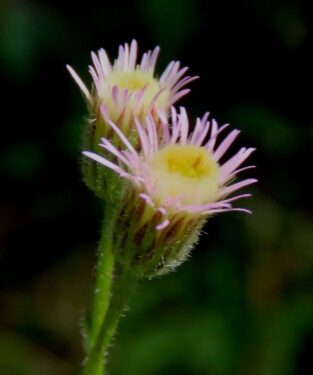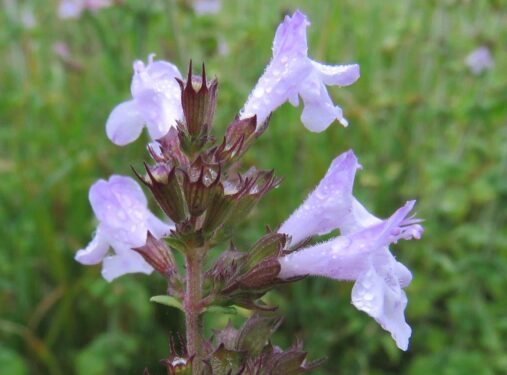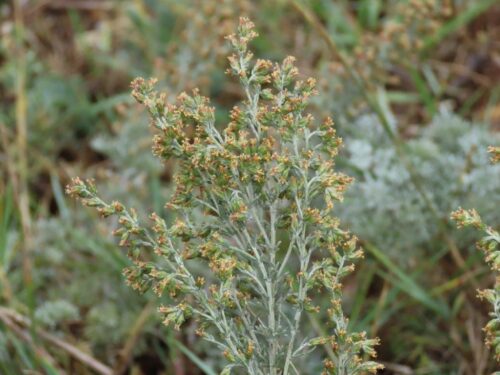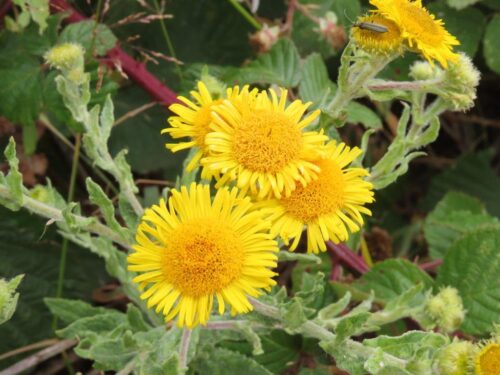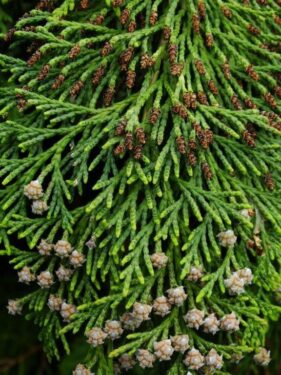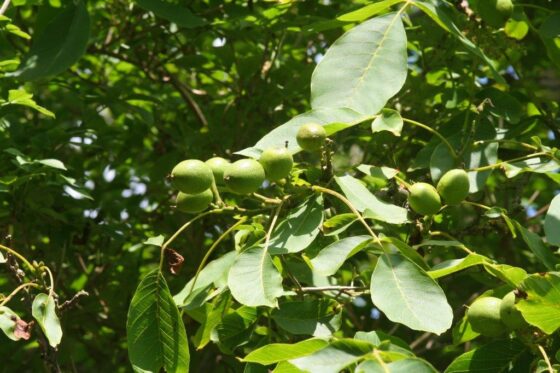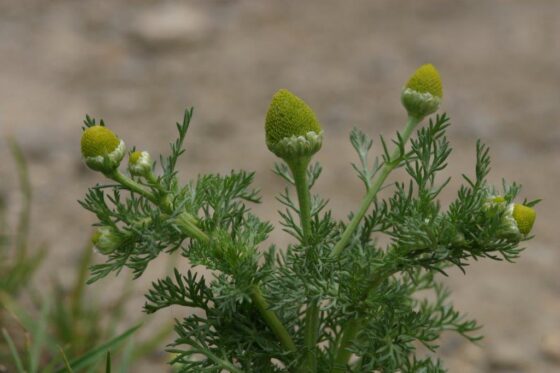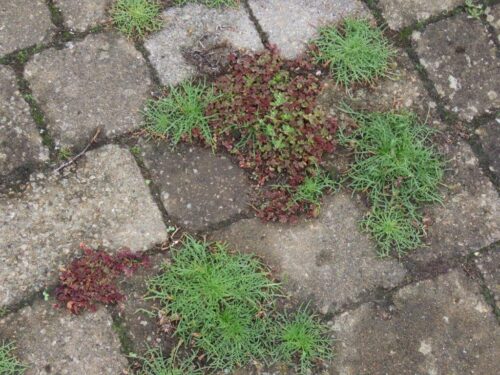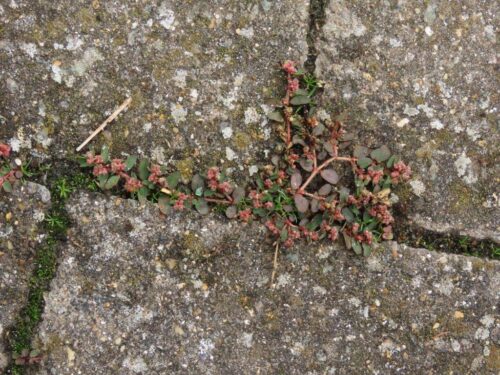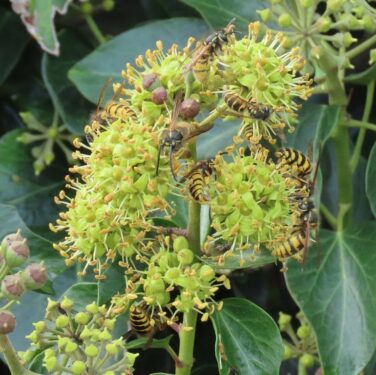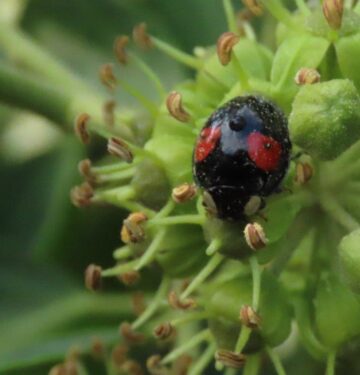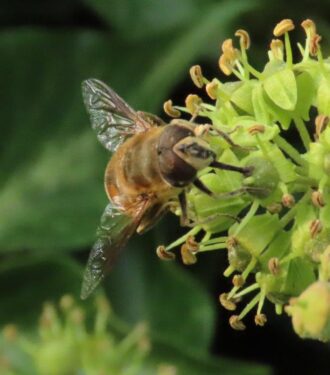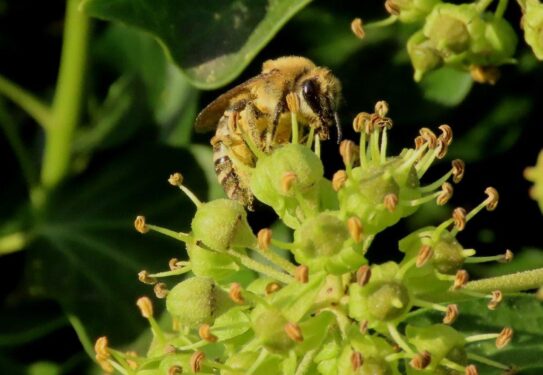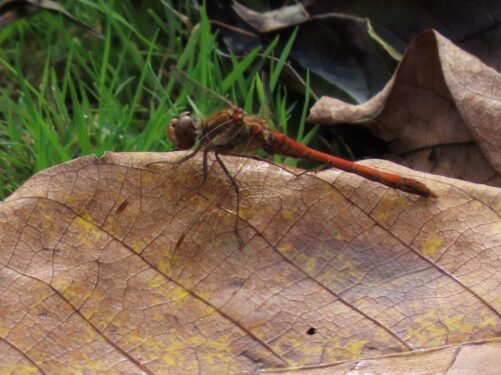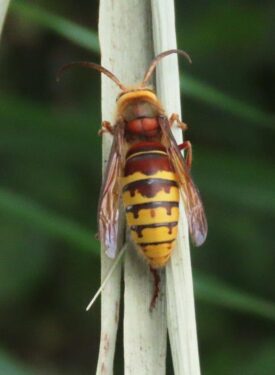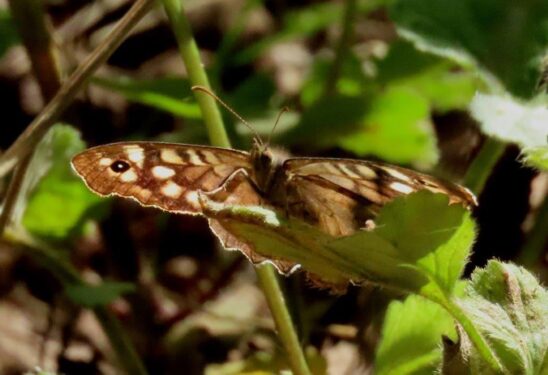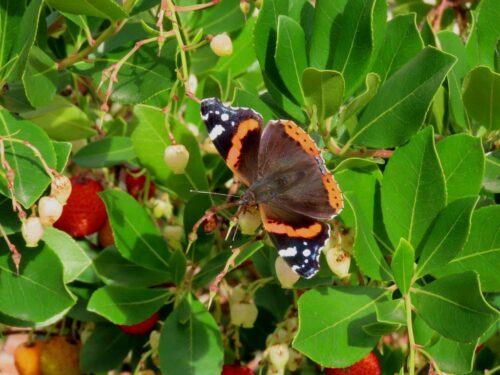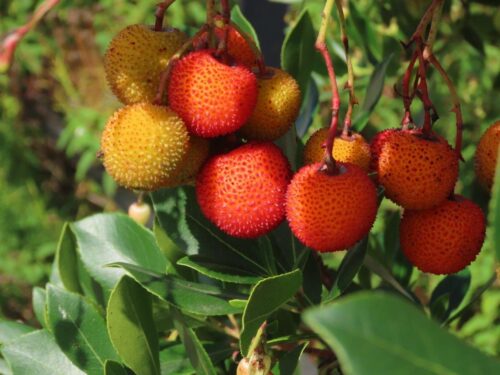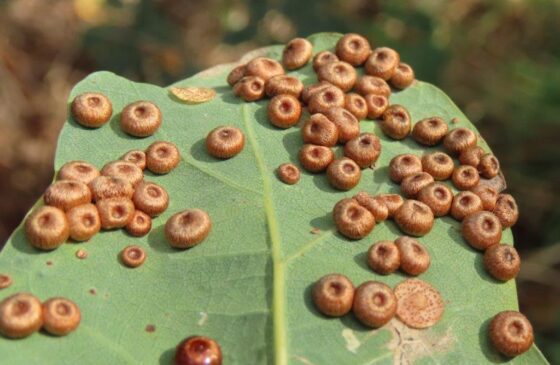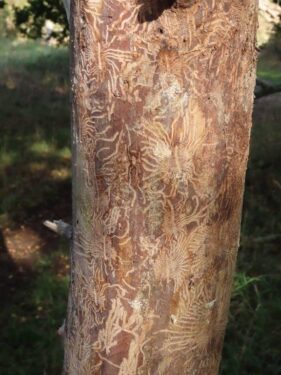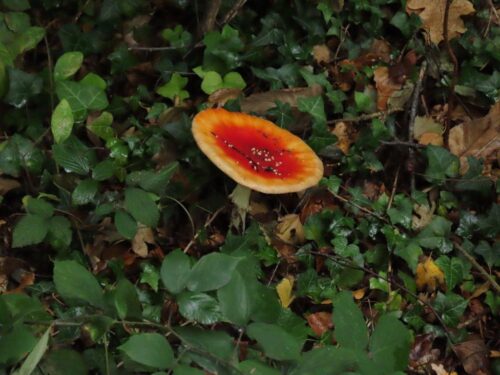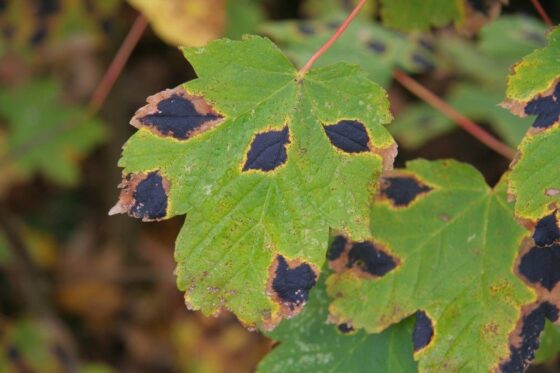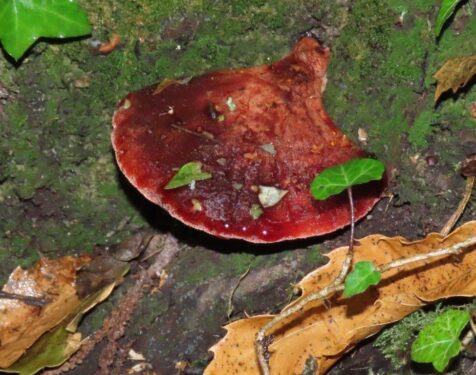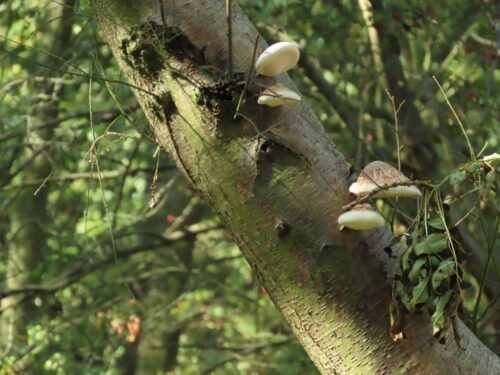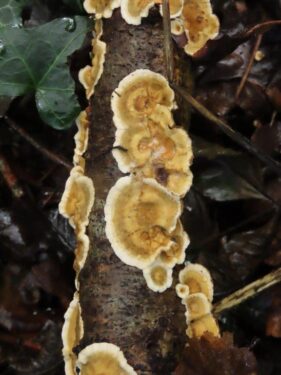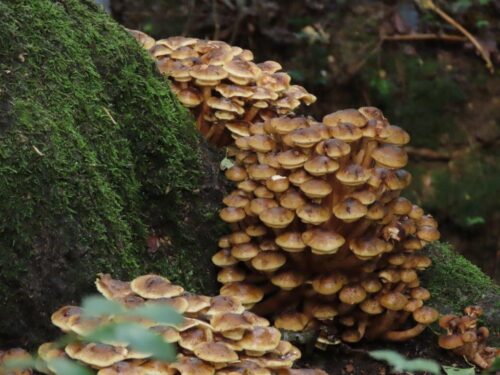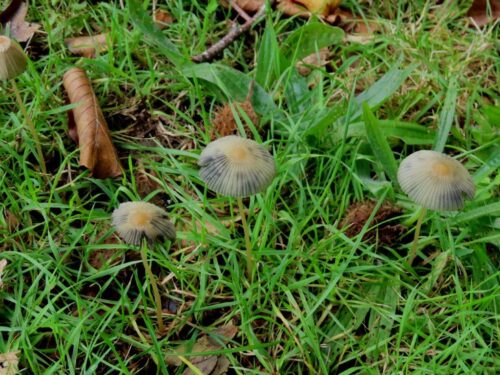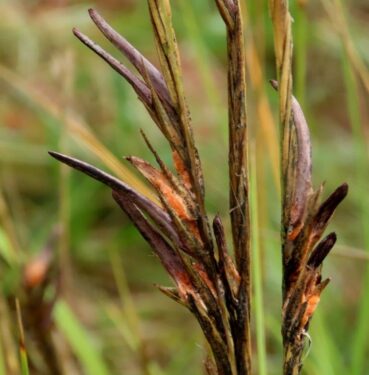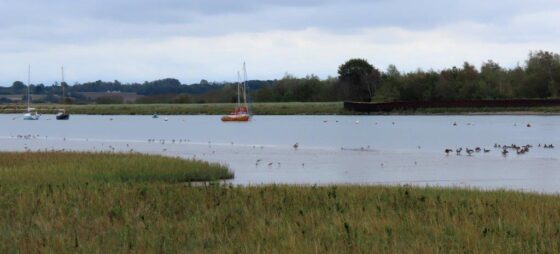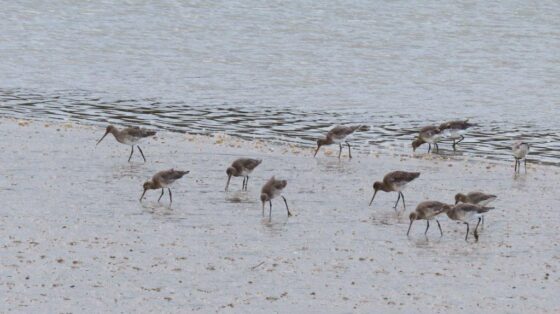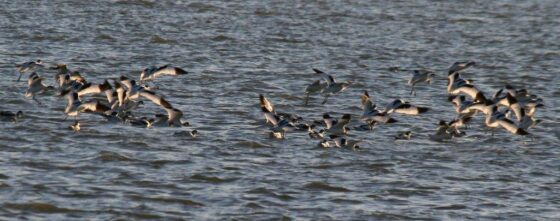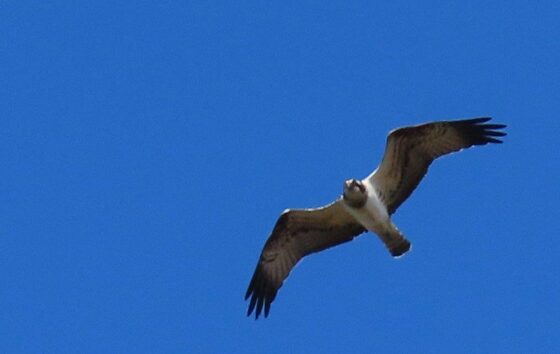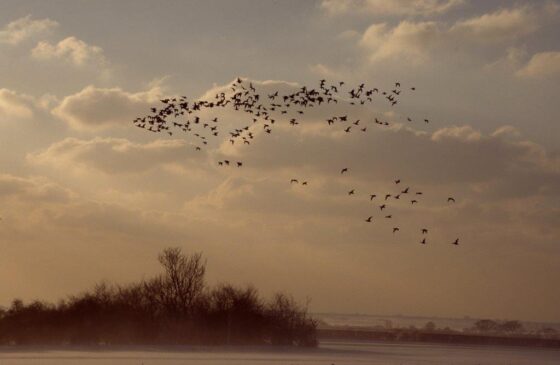Five day-walks in October saw the change of the seasons, on the estuary itself, and the ancient woods, grazing marshes and parkland of the Wivenhoe area.
But, despite the Essex coast being one of the driest parts of the country, our walks were plagued by weather, often wet, sometimes windy, but usually (thankfully) mild. My descriptions on the days ranged from ‘gun-metal gloom‘ to ‘fifty shades of grey, and sixty grades of wet‘ to ‘rain, rain and .. er .. slightly lighter rain‘…
One one walk, the thunderstorm which enveloped us on an exposed sea wall, after what had been a lovely warm sunny autumnal day, was simply spectacular. Truly, the Wild Side of Essex!
Especially when the sun came out, though, the radiance of autumn was palpable, whether in the wonderful specimen trees of Wivenhoe Park or the ancient Grange Wood running to the estuary shore:
And of course not just trees – autumn also seeps into the leaves of Common Reed, and tints the array of Glassworts on the marshes, making it the best time of year to separate this very difficult group, each with a distinctive autumn hue.
Flowering was drawing to a close, but Cord-grass and Strawberry Clover were still going strong, and Blue Fleabane was a good find in the Cockaynes Reserve:
So too Lesser Calamint, Common Fleabane and Sea Wormwood, though these were notable as much for their scented leaves as for the flowers.
And especially on the greyest days, the rain-washed air was a pristine palette to savour the flavours, the fragrant foliage of Pineappleweed, Walnut and Lawson’s Cypress shining bright in the olfactory gloom, the perfect antidote to the lusty musk of Stinkhorn pervading Wivenhoe Park…!
Turning to the Wivenhoe waterfront and the Natural Art of Block Paving. Certainly not ‘weeds’ – think instead of filigree adornment, that which helps soften the mind-numbing, spirit-crushing straight lines we attempt to force upon the world.
Leaving the most important pollen and nectar source to last: Ivy, flowering right to the end of the month, and still attracting diverse insect visitors, from social wasps to hoverflies, ladybirds to Ivy Bees, the latter especially numerous on the Ivy hedge of St Mary’s Churchyard.
Other insects were fewer, as would be expected: lingering Common Darters, with a few Migrant Hawkers; sluggish Hornets around their nests; and Speckled Woods occupying their favoured sun-flecks (when available!). Red Admirals included one making the most of the nectar from Strawberry-trees in the grounds of Wivenhoe House: such spectacular garden plants, bearing this year’s flowers alongside last year’s fruits, and memorably awash with the heady lemon scent of nearby Magnolia grandiflora flowers.
Otherwise, insect-wise, it was down to the ones one never actually sees – the galls, leaf-mines and other feeding signs, which are so apparent at this time of year:
October is fungus season. Usually. But this year, perhaps a legacy of previous spring and summer droughts, it was slow to get going. By month’s end, they were starting to pop up – Beefsteaks to Birch Brackets, Sulphur Tufts to Honey Fungus – and the birchwood-gloom-piercing Fly Agarics lending the essence of autumn to even grey days. For me though, best of all was the super-sized Cordgrass variety of Ergot, a fungus I have seen only once before.
And finally the birds. Migration time, so the occasional Wheatear and Stonechat were right on cue, and at times the visible migration along the ridge of the Essex Alps was quite impressive, with hirundines, Meadow Pipits, Goldfinches, thrushes, Reed Buntings and good numbers of both Siskins and Redpolls. Roving tit flocks, in Wivenhoe Park especially, often held Goldcrests and Chiffchaffs, and on one occasion a very obliging Treecreeper, while around the University lakes and the upper river, Kingfishers usually showed themselves, electric streaks of blue piercing the gloom.
Down on the estuary, wader numbers built through the month, with up to a thousand Black-tailed Black-tailed Godwits and hundreds of Redshanks. Shelducks arrived back from moult migration mid-month, and the feeding and flying flurries, snowstorms of up to 400 Avocets, never failed to impress.
And the best bird of the month, this Osprey which flew low over us for 20 minutes, evidently looking for food, while seeing off the unwanted attentions of Carrion Crows and Jackdaws. The most obliging I have ever seen around Wivenhoe!
All of the above, plus autumn’s bounty, both fecund and full. Hips and haws, chestnuts, conkers and acorns galore, and a supporting eclectic mix of other wildlife, from Muntjac to Eel, bagworms to Lesser Water-crickets. Each walk a cornucopia of biodiversity!
****************************************
So that’s it for Naturetrek on the Colne in Autumn. Despite unexpectedly wet weather for most of our five walks, it was fun. After a spell on the Naze, we will return for ‘Winter on the Colne Estuary’ towards the end of November – see here for details and booking. All vestiges of summer will have been swept away by then, but waders and wildfowl will be at their midwinter peak, including our iconic Dark-bellied Brent Geese. And if (as is so often the case) we have had no hard frosts, the fires of autumn may still be burning in the leaves and the fungi season still going strong….
